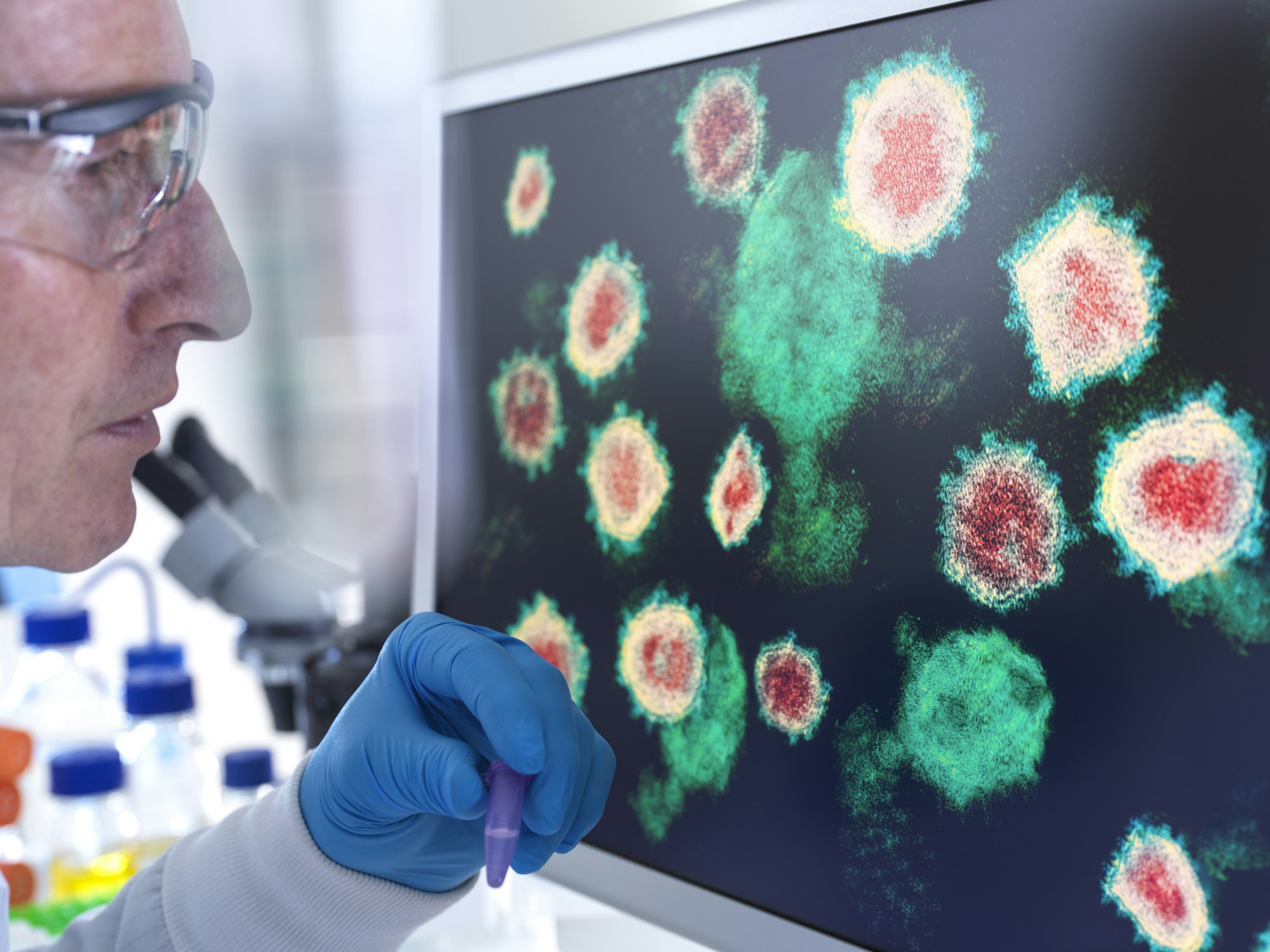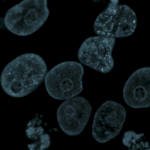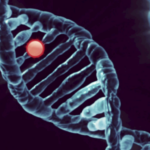Bioinformatics is an interdisciplinary field of science that deals with the application of computer science, statistics, mathematics, and molecular biology to study biological data. It has emerged as one of the most rapidly growing fields in life sciences, which started at least two decades ago in mainstream education. In this blog, we will explore what bioinformatics actually is and how it has become an essential component of biomedical research.
Bioinformatics involves the conversion of complex biological data into useful information. It is widely used in biomedical research to improve healthcare. Nowadays, all biological research goes through bioinformatics at one point or another during the experimentation process. As a result, many companies are looking for bioinformaticians.
There is a paradoxical fact that biotechnologists and bioinformaticians rely heavily on each other. Biotechnologists generate raw data for bioinformatics to interpret, while bioinformaticians need biotechnologists to generate data to work on. Therefore, bioinformatics has become an integral part of the biotechnology industry.
The main components of bioinformatics are biology, biochemistry, chemistry, statistics, mathematics, and computer science/software engineering. The role of biology in bioinformatics is to study living organisms and the biological data that they generate. Biochemistry deals with the chemical interactions between DNA, RNA, proteins, and other cellular material. Chemistry helps in understanding the basic concepts underlying biochemistry. Statistics is required to apply statistical methods to interpret biological data. Mathematics helps in developing logic and building mathematical models for simulations. Finally, computer science/software engineering is the most important field of bioinformatics after molecular biology. The bioinformatician develops tools and algorithms to apply on the biological data to interpret the results.
There are two main divisions of bioinformaticians: computation and application. Computation is the development side of bioinformatics, where algorithms are designed, databases to store biological data are constructed, and software to do data analysis is developed. Application has three subdivisions as well: sequence analysis, functional analysis, and structure analysis. In sequence analysis, sequences are analyzed for different purposes, in functional analysis, the functions of those sequences are predicted, and in structure analysis, the structure of those sequences is predicted and compared.
There are three main types of bioinformaticians: those who do data analysis, those who develop software, and those who do modeling and simulations. Those who do data analysis deal with basic raw data to end interpreted results, where statistics and computer science/software engineering are applied with heavy biological knowledge to interpret the results. Those who develop software use computer science, software engineering, statistics, mathematics, and biology to develop tools and algorithms to apply on the biological data to interpret the results. Finally, those who do modeling and simulations use mathematics to develop mathematical models to simulate biological systems.
Bioinformatics is widely applied in various fields, including genomics, proteomics, metabolomics, and transcriptomics. Genomics deals with the whole genome of an organism, proteomics with the whole proteome of the organism, metabolomics with the metabolism of the organism, and transcriptomics with the transcriptome of the organism. When all of these are simulated at one place, it becomes systems bio, which is the main goal of bioinformatics to understand and simulate a living organism at one place to interpret different applications on it. Another important application of bioinformatics is precision medicine, in which healthcare is provided based on the genetic understanding of the patient.
In the field of genomics, bioinformatics is used to study the entire genetic information of an organism, including its DNA sequence and the expression of its genes. This information can be used to understand the genetic basis of various diseases and to develop new therapies.
Proteomics, on the other hand, focuses on the study of proteins and their functions within an organism. Bioinformatics can be used to identify and analyze the functions of different proteins, as well as to predict their structures and interactions with other molecules.
Metabolomics is the study of the chemical processes and reactions that occur within an organism. Bioinformatics can be used to analyze the metabolic pathways and to identify the metabolites involved in these pathways. This information can be used to develop new drugs and therapies.
Transcriptomics involves the study of gene expression, including the transcription of DNA into RNA and the subsequent translation of RNA into proteins. Bioinformatics can be used to analyze the expression patterns of different genes and to identify the factors that regulate gene expression.
Finally, systems biology is an interdisciplinary field that aims to understand the behavior of complex biological systems, including cells, tissues, and organisms, by integrating data from various sources using mathematical and computational models. Bioinformatics plays a key role in systems biology by providing the tools and methods necessary to analyze and integrate the large amounts of data generated by various omics technologies.
Precision medicine is another important application of bioinformatics. By analyzing the genetic information of individual patients, bioinformatics can help healthcare providers to develop personalized treatment plans that are tailored to the specific needs and genetic makeup of each patient.
Here are some steps to get started with learning bioinformatics:
Learn the basics of biology and genetics: Bioinformatics involves working with biological data, so it’s important to have a basic understanding of biology and genetics. You can start by taking online courses or reading introductory books on these topics.
Familiarize yourself with programming languages: Programming is a key skill in bioinformatics. Some of the popular programming languages used in bioinformatics include Python, R, Perl, and Java. You can start by learning one of these languages, either through online courses or textbooks.
Learn statistics and data analysis: Bioinformatics involves analyzing and interpreting large amounts of biological data, so knowledge of statistics and data analysis is essential. You can take online courses or read books on these topics.
Get hands-on experience: One of the best ways to learn bioinformatics is through hands-on experience. You can start by downloading publicly available biological datasets and practicing analyzing them using bioinformatics tools and software. You can also join online communities and forums related to bioinformatics and participate in discussions or projects.
Take online courses or attend workshops: There are many online courses and workshops available that can help you learn bioinformatics. Some of these courses are free, while others require payment. You can also attend conferences and workshops to network with other bioinformatics professionals and learn about the latest developments in the field.
Read scientific literature: Reading scientific literature related to bioinformatics can help you understand the current state of the field and the latest research developments. You can start by reading research papers and journals related to bioinformatics.
Overall, learning bioinformatics requires a combination of knowledge in biology, genetics, programming, statistics, and data analysis. By following these steps and regularly practicing, you can gain the necessary skills to become proficient in bioinformatics.





